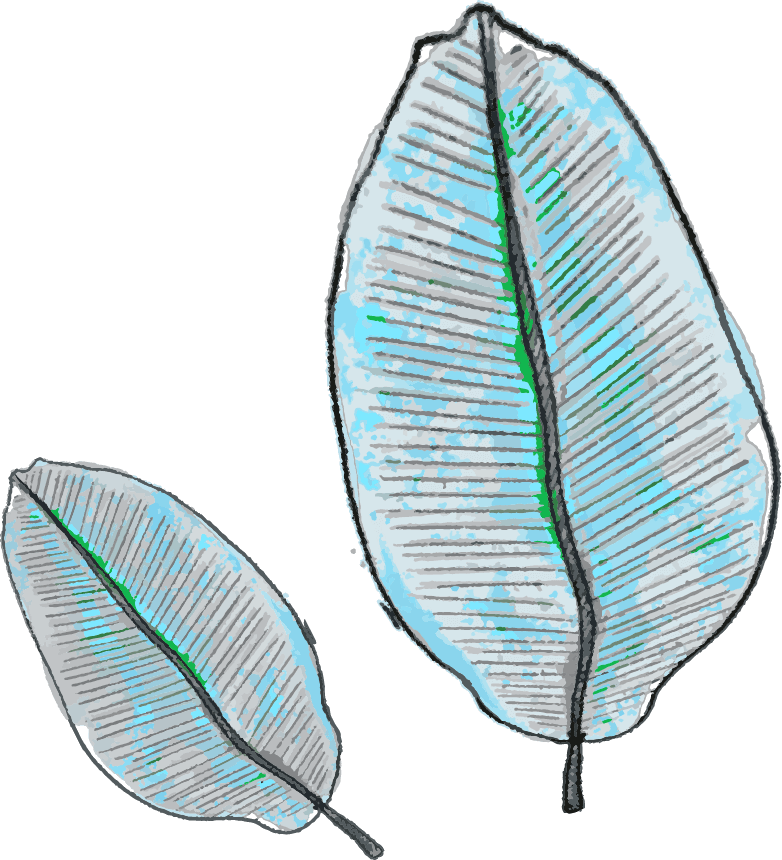E
MO
TIONS
DWELLING IS A LASTING RELATIONSHIP BETWEEN SPACES AND EMOTIONS,
UNFOLDING THROUGH EXPERIENCES AND ACTIONS
Emotions are experienced; they affect and are affected, dwelling within us as we dwell in them. They reveal much about both time and space. Through emotions, the past lingers on our bodies, while also opening up possibilities for different futures. Therefore, attachment, rootedness, and appropriation are essential components in the study of territory.
They are a force that accompanies action.
(Eva Illouz, 2006)
They are also relational, products of an ongoing social construction.
(David Le Breton, 2013)
And as public and political entities, they give rise to the formation of social actions.
(Martha Nussbaum, 2014)
Emotions construct a sentipensante (feeling-thinking) language; one that is capable of thinking while feeling and feeling while thinking. Reducing them to the assessment of a brain stimulus frames them merely as facts rather than as experiences tied to the spaces we inhabit. There is an implicit relationship between movement and connection, between being moved by something and being connected to it. This multicausal condition is what finds expression in the territory.
And when violence disrupts, emotions also transform. The relationships between emotions and territories are fluid, shifting between what they were, what they are, and what they may become. In this journey, they create a synergy with the territory, intertwining original emotions with those shaped by experience. Through this transit, they shape a new territoriality, building the potential for a future within the present moment.
the Emotions
expressed in the Territories
The collective nature of the emotions discussed here arises from the pain inflicted by armed conflict. Yet, because we only feel pain for what we care about, love and pain are always intertwined, reflecting the different temporalities of rootedness and uprooting.
This research identifies two main types of emotions that are inherently relational: continuous uprooting and feeling at home

Continuous Uprooting
Where is the pain located within the territories?
The struggle for territory has not just been about land; it has also been a fight for a place in the world; a right to exist in and with their territory. With each forced, ongoing, and permanent displacement, they have been compelled to continually redefine themselves in the face of uprooting.
The armed conflict has imposed violent pressure on the civilian population, leading not only to the ongoing forced displacement of peasants, Afro-descendant communities, and indigenous groups, but also to the intensive exploitation of the territory's natural welfare. This exploitation manifests through practices such as monoculture, extensive cattle ranching, extractive mining, and illicit crops.
These expressions leave scars on the territories and remnants within displaced communities, compelled to abandon their homes, shelters, crops, and emotional ties. They also inflict wounds on the dry, diverted, and contaminated rivers, as well as on the excavated and deforested mountains.
CONTINUOUS UPROOTING IS THE PRIMARY EMOTION
EXPERIENCED IN ARMED CONFLICT.
From this, other emotions emerge:
Click on the titles to view the information for each territory
Stripped sense of place
Isolation

Feeling at home
Body, place and objects
The home, our corner of the world, is where thoughts, feelings, memories, and desires come together. Within it, memory and imagination remain intertwined. Therefore, understanding it as merely a physical object diminishes its ontological complexity and the material and immaterial relationships that define it.
Every truly inhabited space carries within it the essence of the notion of home
(Gaston Bachelard, 2000)
The home
is the first extension
of the body into space
Feeling at home is a blend of love, joy, and hope; it is a complex emotion rooted in a place filled with memories, people, and cherished dreams. This is why no two loves or, in this case, no two homes, are the same; each possesses its own unique material and immaterial expressions. Key characteristics include the desire to stay, the resistance to leave, the longing to return, and the recurring memories; all of which embody emotions with spatial dimensions.
Feeling at home is another main emotion. From this, other emotions emerge:
Click on the titles to view the information for each territory
Permanence
Rootedness
Appropriation
Emotions Bibliography
Bachelard, G. (2000). La poética del espacio (F. de C. Económica (Ed.)).
Illouz, E. (2006). Intimidades congeladas. Las emociones en el capitalismo. Katz Editores.
Le Breton, D. (2013). Por una antropología de las emociones. Revista Latinoamericana de Estudios Sobre Cuerpos, Emociones y Sociedad, 10(4), 69–79.
Nussbaum, M. (2014). Emociones políticas ¿Por qué el amor es importante para la justicia? Ediciones Paidós.
